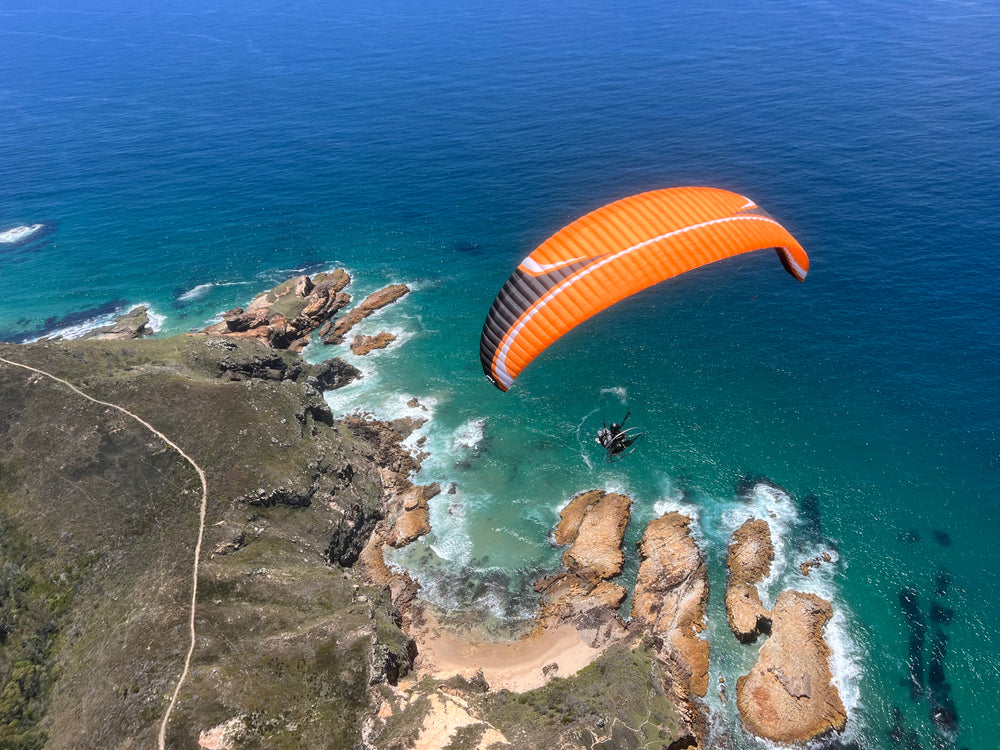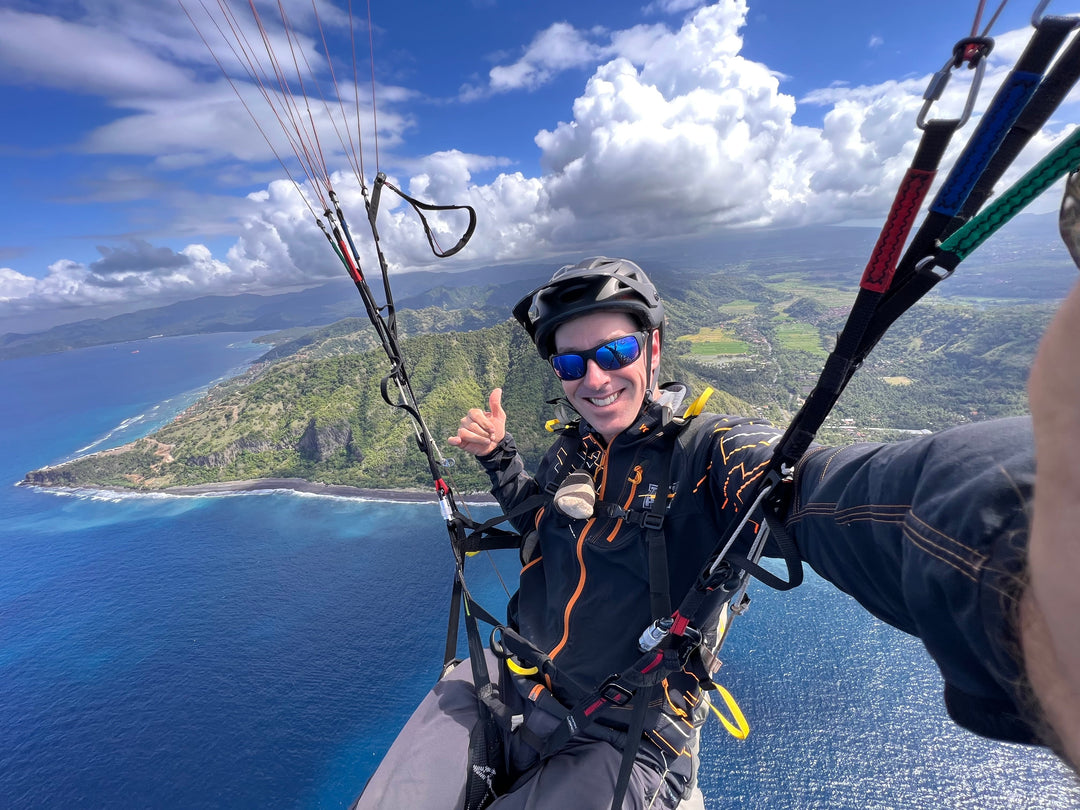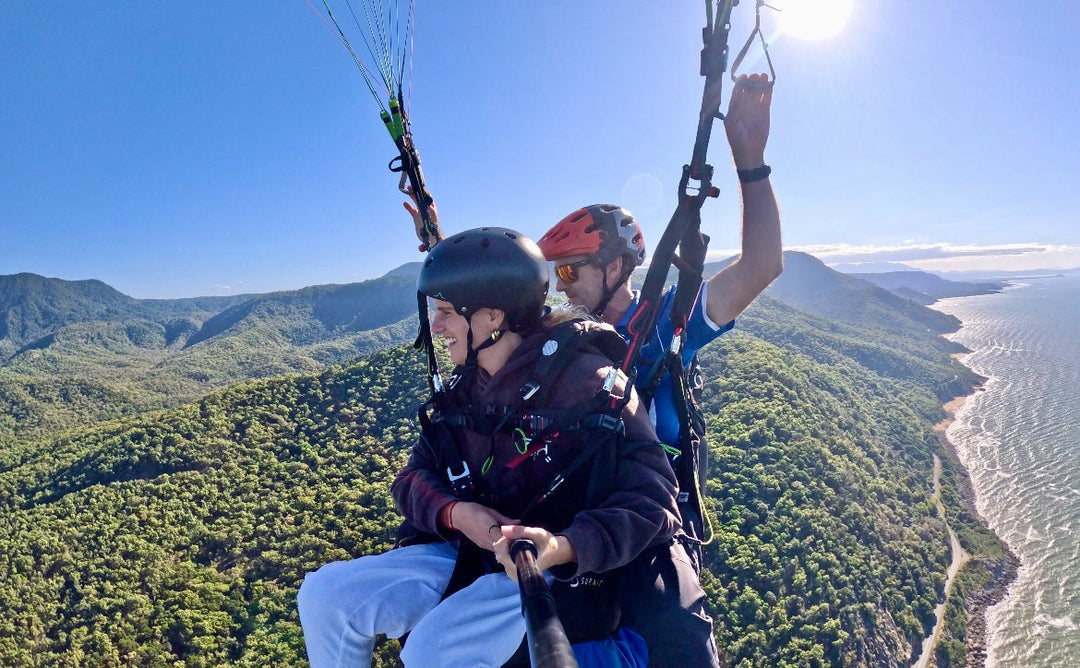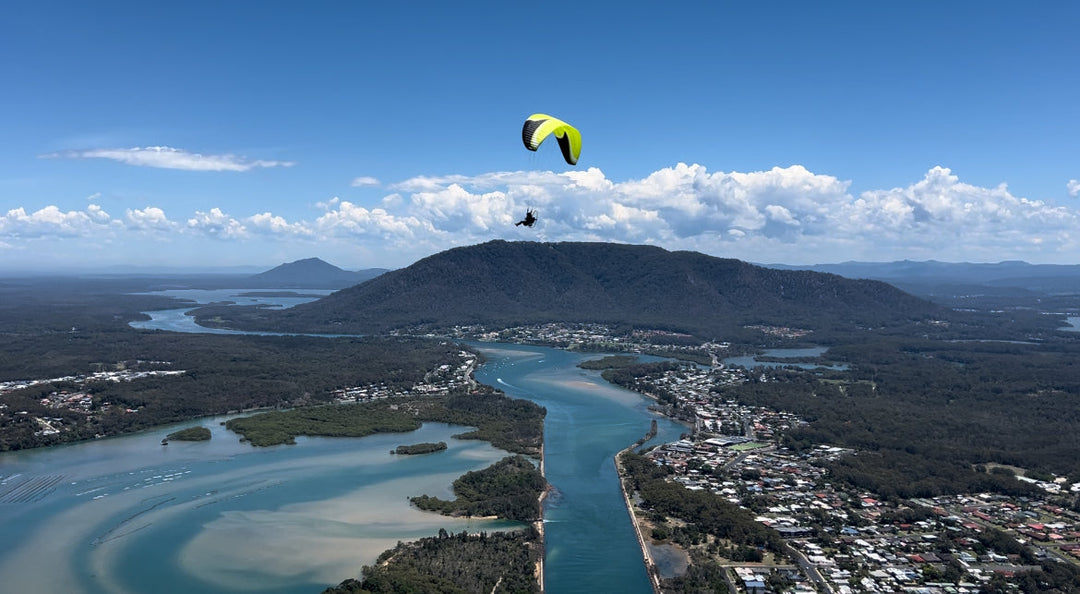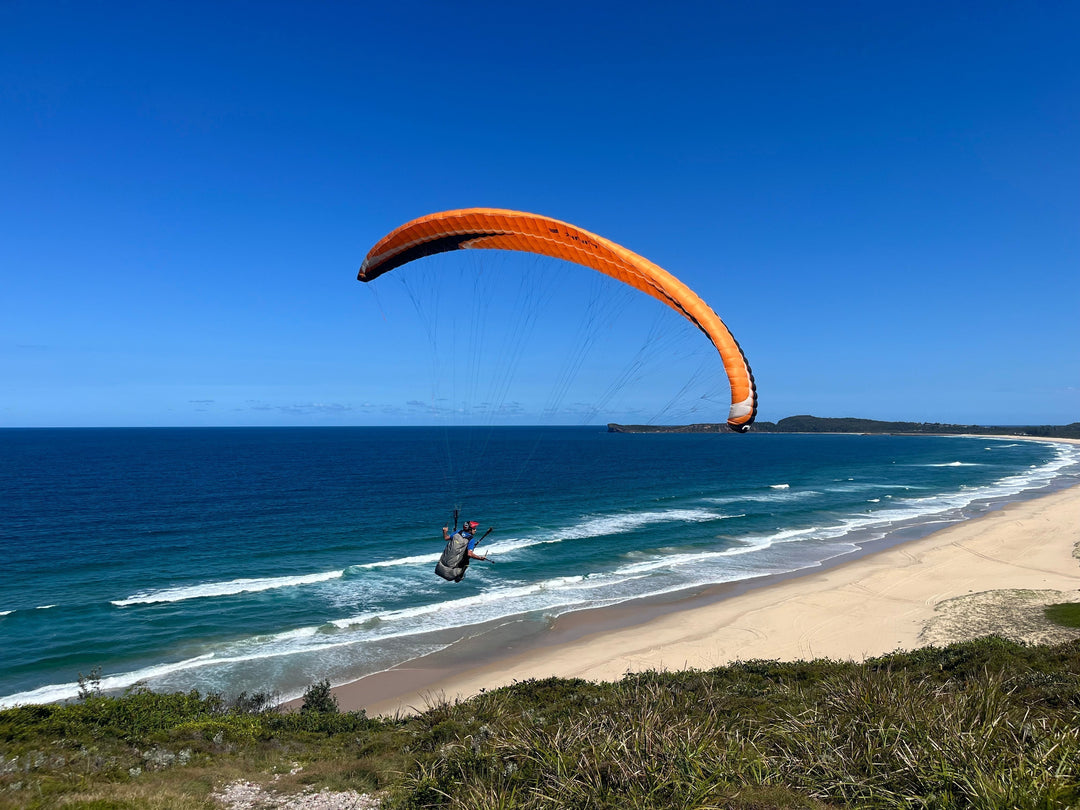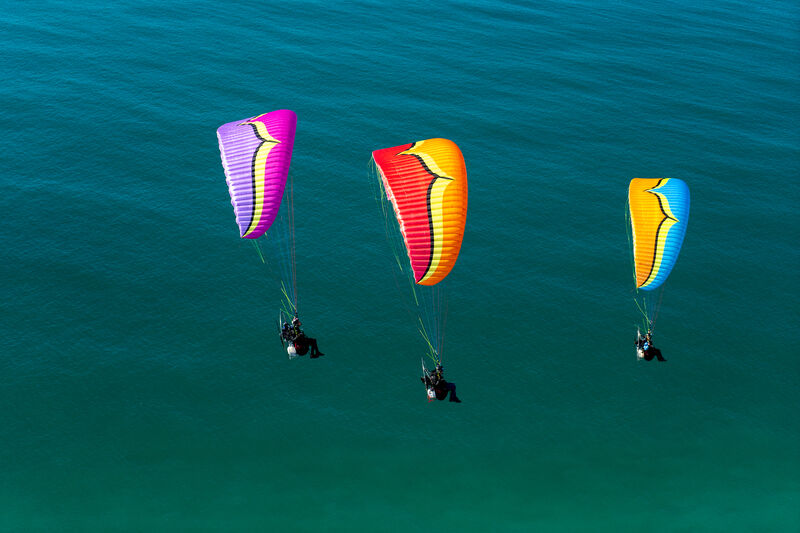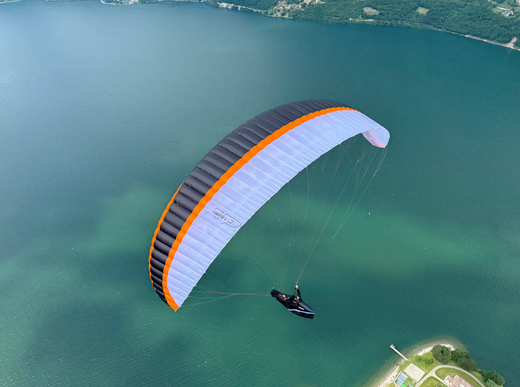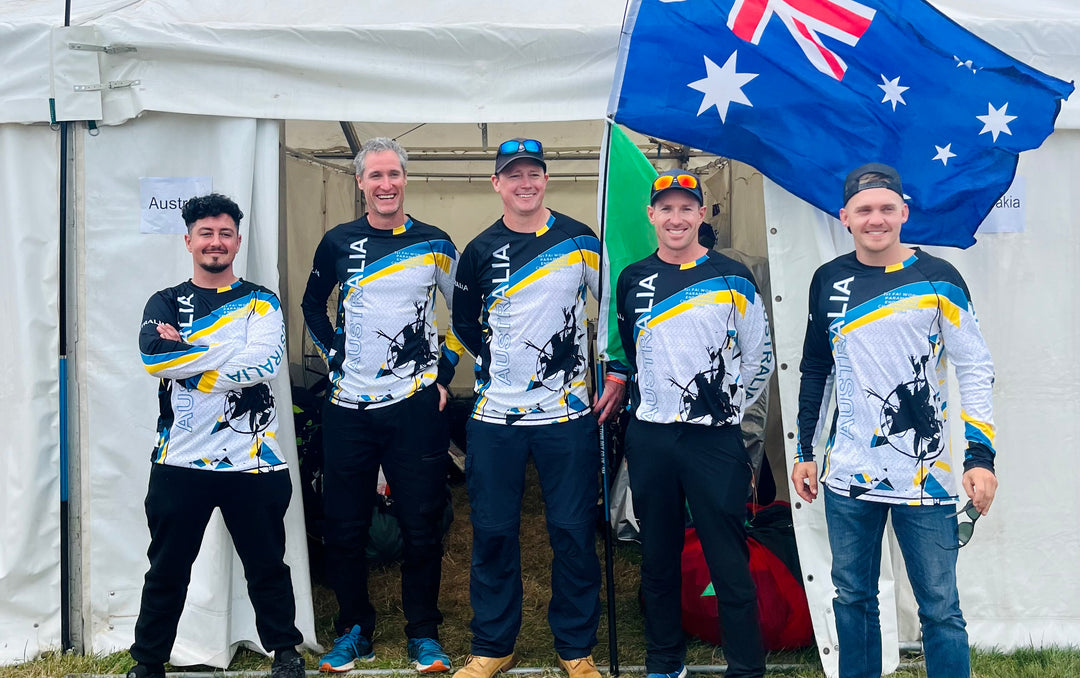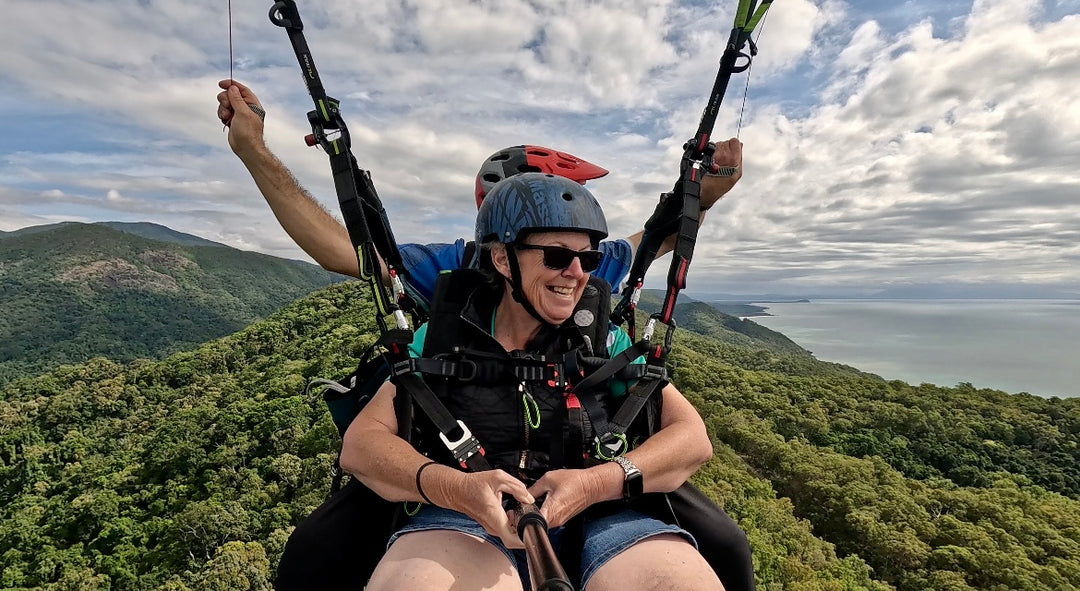Best Paragliding Courses for Beginners: Start Your Adventure Safely
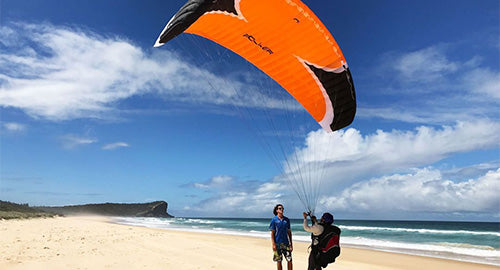
Have you ever dreamt of soaring through the sky, feeling the wind rush past you, and experiencing the ultimate freedom of flight? If so, paragliding might be the adventure you've been waiting for. In this guide, we will take you through everything you need to know to start your paragliding journey, from choosing the best courses for beginners to understanding the basics of paragliding training.
The Beginner's Path to Paragliding
Choosing the Right Paragliding Course
Selecting the right course is crucial when it comes to learning paragliding as a beginner. Fortunately, numerous beginner paragliding courses are available to help you embark on your adventure. High Adventure offers two exceptional options for beginners: the 2-Day Intro course and the 9-Day Learn To Paraglide course.
- 2-Day Intro Course
The 2-Day Intro course is a fantastic choice if you want to get a feel for paragliding without committing to a full course straight away. During these two days, you'll be introduced to the fundamentals of paragliding, learn about equipment, and perhaps even have the opportunity to experience your first solo flights with the guidance of experienced instructors.
- 9-Day Learn To Paraglide Course
The 9-Day Learn To Paraglide course is the ideal choice for those who are serious about becoming proficient paragliders. This comprehensive course covers everything from the basics to advanced techniques, ensuring you have a strong foundation for your paragliding journey. It includes theory and practical training, allowing you to develop the necessary skills and knowledge for safe and enjoyable flying.
What to Expect in Paragliding Training for Beginners
Paragliding training for beginners is an exciting but disciplined process. Here's what you can expect when you enrol in a beginner paragliding course:
Tandem Flights
Your first feel for flying will be through a tandem flight with your instructor. Tandem flights provide supervised, hands-on experience of flight control. High Adventure offers tandem flights as part of their training, allowing you to gain confidence and a first-hand understanding of what it's like to be in the air.
Ground Handling
The first thing you'll practice is ground handling. This is where you'll learn how to control the paraglider on the ground. High Adventure puts great emphasis on helping their students develop confident ground handling / kiting skills so they learn how to respond to their glider and understand it's reaction. Students then learn a variety of launching and landing techniques, building confidence to safely transition to flight. This is a critical step before you take to the skies.
Solo Flights
As you progress in your training, you'll take solo flights under the close supervision and expert guidance of your instructor. These flights will gradually increase in duration and complexity as you become more skilled and confident.
Theory
On non-flying days you'll learn the essential theoretical knowledge needed for paragliding. This includes understanding aerodynamics, weather conditions, equipment handling, and safety protocols. High Adventure's instructors are experienced and will ensure you have a solid grasp of these fundamental concepts.
Paragliding Equipment
Understanding your paragliding equipment is an essential aspect of becoming a competent pilot. Here are some key pieces of gear you'll need to familiarize yourself with:
- Paraglider Wing: This is your primary piece of equipment and the heart of your paragliding setup. It comprises a fabric wing with multiple lines, generates lift, and controls your flight.
- Harness: The harness is where you sit and is connected to the wing. It's designed for comfort and safety, allowing you to control the paraglider during flight.
- Reserve Parachute: Safety is paramount in paragliding. A reserve parachute is a crucial backup in emergencies, such as a wing collapse or malfunction.
- Helmet: Protecting your head is essential, and a certified paragliding helmet is a must to ensure your safety in the event of a crash.
- Variometer: This instrument provides essential data such as altitude, climb, and descent rates. It helps you navigate and make informed decisions during your flight.
Safety in Paragliding
Safety should always be your top priority in paragliding. Here are some essential safety tips to keep in mind:
- Weather Awareness: Always check the weather conditions before flying. Avoid flying in strong winds, turbulent weather, or during thunderstorms.
- Training: Invest in proper training with certified instructors. High Adventure, for example, has experienced instructors who prioritize safety in their courses.
- Pre-Flight Checks: Perform thorough pre-flight equipment checks to ensure everything works before taking off.
- Respect Limits: Know your skill level and never push beyond your capabilities. Gradually progress as you gain experience.
- Emergency Procedures: Be familiar with and practice them regularly.
Conclusion
Paragliding is a thrilling adventure that offers a unique perspective of the world from above. Whether you're looking for a brief introduction with the 2-Day Intro course or want to fully immerse yourself in the 9-Day Learn To Paraglide course, High Adventure has the best paragliding courses for beginners to get you started on this exciting journey.
So, what are you waiting for? Start your paragliding adventure today with High Adventure. Experience the thrill, freedom, and serenity of flying like a bird while ensuring your safety and competence through expert training.
Don't miss out on this incredible opportunity to discover the skies from a new perspective. Contact High Adventure now and make your dreams of paragliding a reality!


